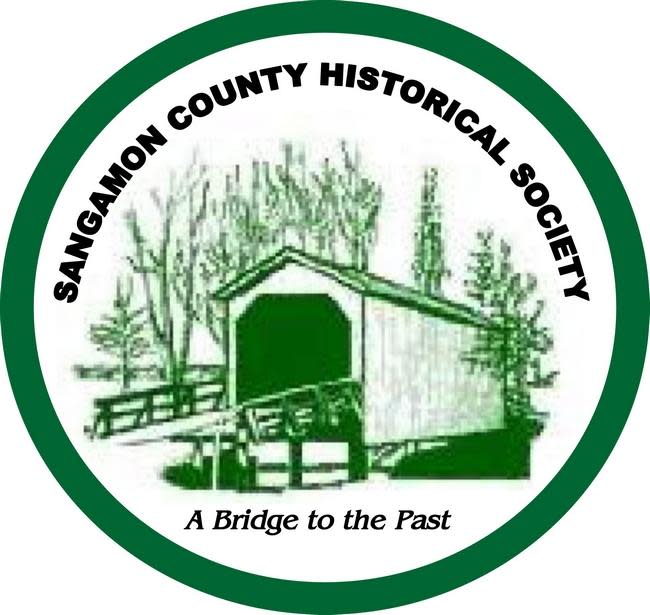After decades in business, Springfield Boiler Co. was razed and baseball park built at site

The Springfield Boiler Co., established in 1890, operated for 73 years in the 1900 block of East Capitol Avenue.
The firm produced a variety of steam boilers for power plants, breweries and manufacturers in general.
“The Springfield Boiler Company, since its founding in 1890, has specialized exclusively in the design, fabrication and erection of highly efficient … economical steam generating equipment,” according to a brochure published in 1955, when the company was a division of the John W. Hobbs Co. “For sixty-five years, the company has had an outstanding record in contributing to the advancement of power plant boiler design.”
Springfield Boiler’s customers included power plants in New York City, Oklahoma City and Fort Lauderdale, along with Anheuser-Busch, John Deere and Caterpillar. Boilers from Springfield powered U.S. commercial shipping in both world wars.
In Springfield, its boilers were used by City Water, Light and Power, the Capitol complex and the St. Nicholas Hotel.
The boiler company was sold to a Chicago investor in 1946, but came back under local control when Hobbs purchased it in 1953. Springfield Boiler became a separate operation, still controlled by John Hobbs, when the Hobbs firm merged with Stewart Warner in 1955.
In 1958, Hobbs sold Springfield Boiler to a Milwaukee manufacturer, Cleaver-Brooks, in 1958. J.S. Cleaver said at the time that no changes were planned in Springfield. “We want everything to remain as is,” he said. “We hope to fill that plant with orders.”
Nonetheless, Springfield Boiler Co. closed up shop in 1963, and the plant was donated to the city of Springfield.
Chamberlain Baseball Park constructed on site
A decade later, a volunteer group, Boys Baseball Inc., spearheaded an effort to demolish the abandoned boiler works and build a top-flight baseball field on the site.
Hundreds of volunteers contributed to the work, which took five years and was led by, among others, Dick Oglesby and Mitch Shadid. When done, the 4,000-seat stadium included a lighted diamond, restrooms, a concession stand and press box.
The first game at the new Chamberlain Baseball Park – it was named after the late Judge William Chamberlain – took place on June 17, 1977.
Oglesby described Boys Baseball’s hopes for the field in an interview with State Journal-Register sportswriter Jim Wildrick in April 1977.
“My whole idea from the start of this project was to have our park available for those boys and girls who do not have the opportunity to use Lanphier Park,” (Oglesby) replied. “Here I’m talking about the Khoury League, the Little League, the Pony League, the Colt League, the Thorobred League and the American Legion – hardly any of those are permitted to play at Lanphier (Robin Roberts Field).
“Maybe I’m an optimist, but I don’t think so,” said Oglesby. “I see no reason why the park can’t be opened at 8 a.m. and have people use it all day. I’d love to see the field in use seven days a week.”
Oglesby was an optimist. Chamberlain Park, which eventually was taken over by the Springfield Park District, did get heavy play early in its existence, but changes in sports trends leave the field unused today.
SJ-R sportswriter Bill Welt wrote in April about one of the most memorable baseball games ever played at Chamberlain Park: Southeast High School’s 44-8 drubbing of Peoria Manual in 1988.
“Chamberlain Park lurks unattended like a forgotten relic, and even the City Series has recently been discontinued,” Welt wrote. “That ball game — not to mention Chamberlain's prodigious dormant lights and forlorn mystique — evokes memories past.
“Those were some good times,” Tony Webster, one of the players on that SEHS team, told Welt. “I played with some good people and lifelong friends. It was a blast.”
Originally published on SangamonLink.org, online encyclopedia of the Sangamon County Historical Society.
This article originally appeared on State Journal-Register: Springfield Boiler Co. was razed and baseball park built at site

